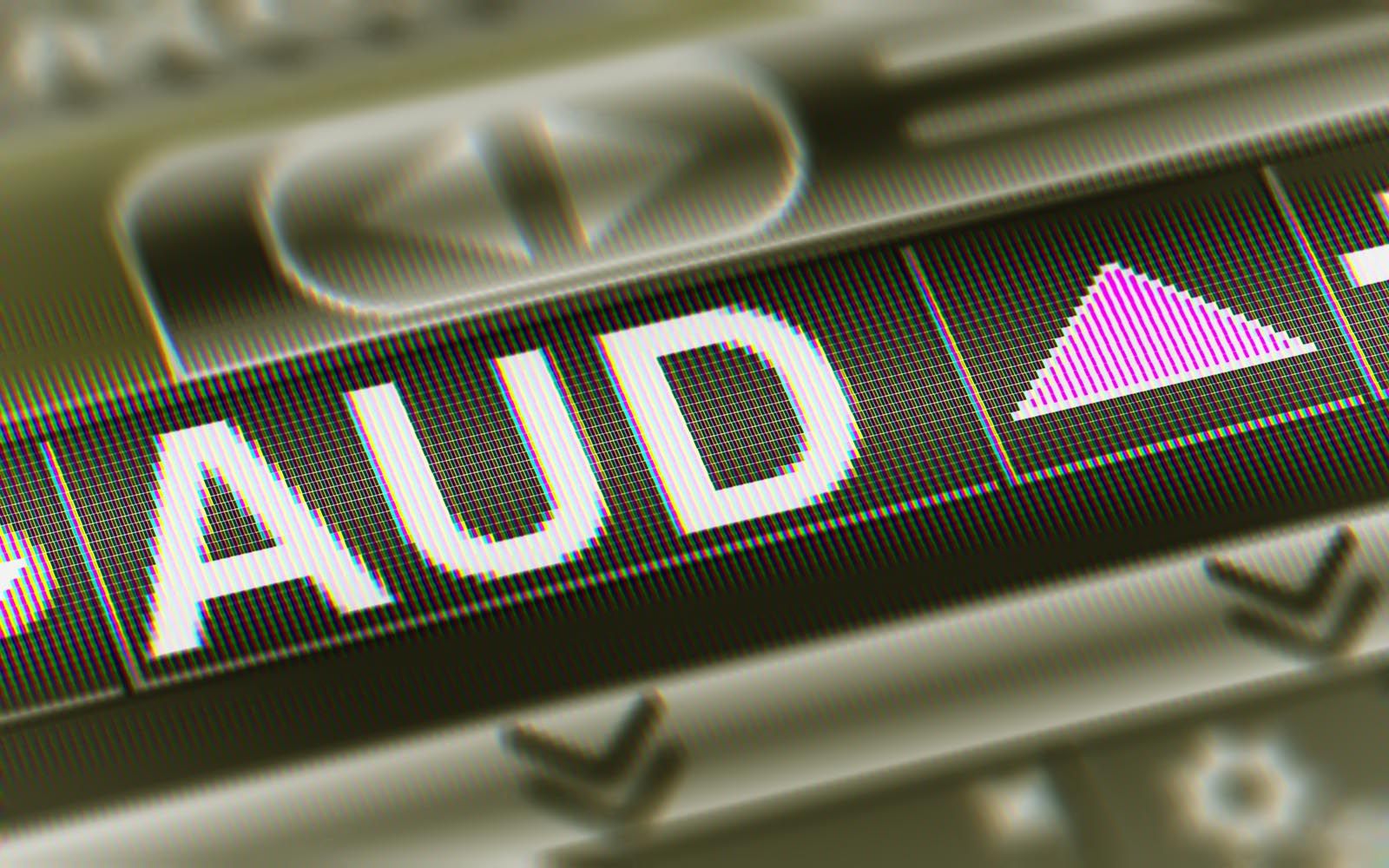Australian Dollar Jumps into June Aided by Surge in Iron Ore Prices and Rallying Stock Markets
- AUD leads the pack on June 01
- Iron ore's relentless rise underpins AUD
- Firm market backdrop aids gains

Image © Adobe Images
- GBP/AUD spot rate: 1.8415
- Bank transfer rates (indicative guide): 1.7770-1.7900
- FX specialist rates (indicative guide): 1.7980-1.8250
- Click for more information on FX specialist rates
The Australian Dollar is on the charge once more as markets step into a new week and month, with a continued strengthening of iron ore prices being cited as a key catalyst for the gains.
The Australian Dollar was the best performing major currency on June 01, with the Pound-to-Australian Dollar exchange rate dipping 0.70% to 1.8410 and the Australian-to-U.S. Dollar exchange rate rallying 1.12% to reach 0.6733.
The advance means the Aussie Dollar is now recording gains in excess of 5.0% against the Pound and Dollar and gains of 3% against the Euro over the course of the past month, a time that coincides with a rally in the value of iron ore.
Iron ore is Australia's main export, accounting for 16.4% of Australian exports in 2018-2019, cementing its importance as a foreign exchange earner for the country. A rise in iron ore prices lifts demand for Australian Dollars, and economists tend to follow iron ore dynamics when viewing the performance of the currency.
Iron ore futures saw a record monthly advance in Singapore in May according to John Meyer, an analyst at brokers SP Angel, who has been keeping an eye on price developments in one of Asia's main commodity markets.
"Iron ore futures powered towards $100/t in Singapore," says Meyer, "driven by supply worries form Brazil and robust demand from China."
Most-active futures have jumped 22% in May as the world's second largest producer Brazil has been hit badly by the Covid-19 pandemic which has led to Vale cutting its annual shipment guidance.
Above: Spot iron ore market dynamics from IG.
This will likely open the door to outperformance by Brazil's major competitor in the iron ore space, Australia.
"The early resumption of industrial operations in China has resulted in strong demand for iron ore at a time when other countries are experiencing peak Covid-19 which maximises disruption along all levels of the supply chain," says Meyer.
Above: The Australian Dollar remains caught in an undeniable trend of appreciation.
The gains in the Australian Dollar come despite a recent rise in moves by Chinese officials to frustrate the supply of commodities from Australia to China over the Australian government's calls for an independent enquiry into the origins of the covid-19 pandemic and China's handling of the early stages of the crisis.
In May it was announced that China would impose new inspection rules for iron flowing into China. The details surrounding the new inspection regime are yet to be made clear, but when put into context of China's threats to hit Australia economically as retaliation for calls for an investigation into covid-19, it is a concerning development.
China has already blocked beef imports from three Australian abattoirs, put a substantial levy on Barley imports from Australia and ordered power companies to not buy Australian thermal coal.
We are witnessing the potential start of a trade war - one in which Australia has very little leverage - and this could be concerning for the Australian economy, and by extension its currency.
"A Chinese ban on Australian coal is mere speculation thus far, but should this prospect materialise, AUD’s recent resilience suggests the fall may be quite significant," says Francesco Pesole, FX Strategist at ING Bank N.V. "In particular, it will likely fuel concerns that China will end up targeting other key Australian exports, such as iron ore, which is likely to have a much more substantial economic impact on Australia or even LNG (whose prices are already under pressure)."
"A fully-fledged Australia-China trade war (which includes duties/bans on coal and iron ore) can, in our view, send AUD/USD back to the 0.60 area," adds Pesole.
Nevertheless, the sizeable growth in demand for ore, and the associated rise in prices, should go a long way in mitigating concerns.
The Aussie Dollar will also find solid demand as long as global equity markets are rising, as the currency retains the greatest correlation to stock market performance amongst the world's group of ten largest currencies.
"The FX market is very much just an equity trade. Correlations are very tight and stable, particularly among the usual suspects. Here, AUD/USD has been on fire, with the pair
breaching 200dma resistance overnight. The implication is that the pair now looks set to establish a new and higher trading range that is broadly marked by 67c/70c," says Mazen Issa, Senior FX Strategist at TD Securities.
Markets are rallying at the start of the new week and month with the global economic recovery story continuing to dominate investment considerations, while lingering anxieties over geopolitical tensions continue to limit upside potential.
"The impact of ongoingUS-China geopolitical tensions on market sentiment, especially in relation to them latter’s new security law in Hong Kong, will continue to spar with global recovery optimism as economies reopen.However, U.S. President Trump stopping short of announcing specific new sanctions over China on Friday, has left markets optimistic that the ‘phase one’ trade deal between the two may not be abandoned," says Nikesh Sawjani, an economist at Lloyds Bank.
Aiding a firm start to equity markets - and by extension the Aussie Dollar - was key data out of China where the Manufacturing PMI read at 50.7, which is well ahead of the 49.4 expected by markets and confirms the broader sector is now expanding.
However, new export orders and imports were still in contraction ensuring a recovery in manufacturing and employment in many sectors remains challenging.













